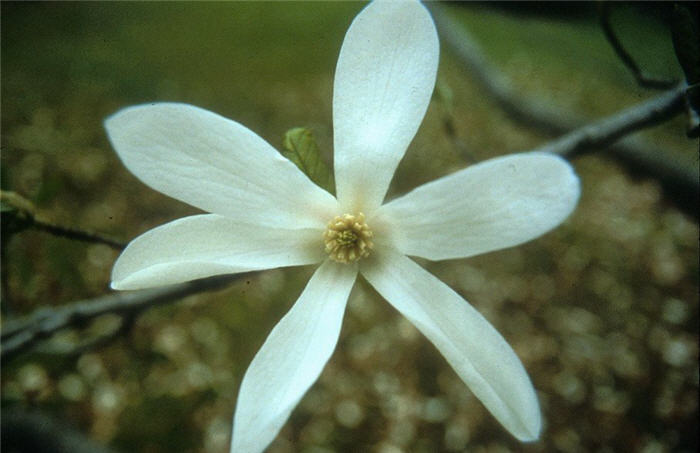| Botanical Name: Magnolia salicifolia | |
| Common Name: Anise Magnolia |

-
Anatomy
-
Culture
-
Design
Plant Type
Tree
Height Range
25-40'
Flower Color
White
Flower Season
Spring
Leaf Color
Green
Bark Color
n/a
Fruit Color
Pink
Fruit Season
n/a
Sun
Full
Water
Medium
Growth Rate
Moderate, Slow
Soil Type
Loam
Soil Condition
Rich, Well-drained
Soil pH
Acid, Neutral
Adverse Factors
n/a
Design Styles
Japanese, Woodland
Accenting Features
Fragrance, Showy Flowers
Seasonal Interest
Spring
Location Uses
Lawn
Special Uses
n/a
Attracts Wildlife
n/a
Information by: Stephanie Duer
Photographer: Connon Nursery
Photographer: Connon Nursery
-
Description
-
Notes
A large tree/shrub at 15' feet. Narrow willowy leaves that are glaucous beneath and fragrant white flowers in April.
Best grown in moist, organically rich, acidic, well-drained loams in full sun to part shade. Best sited in a location protected from high winds (minimize potential damage to leaves), but generally avoid southern exposures close to houses where the buds may be induced to open too early in spring. This is a late-blooming magnolia that is less apt to suffer frost damage in spring. Mulch root zone. Good air circulation may reduce onset of powdery mildew. Not a low-water plant, but when correctely sited, can thrive on weekly watering.